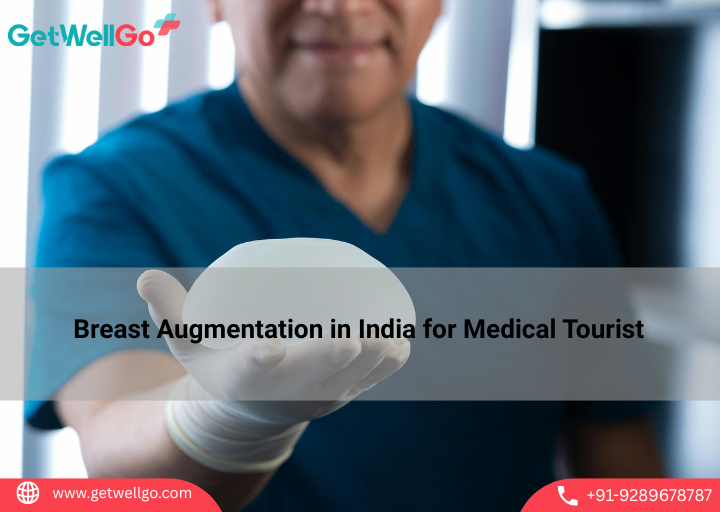
Breast Augmentation in India for Medical Tourist
Plan your breast augmentation in India with GetWellGo – a trusted partner for medical tourists seeking expert surgeons and budget-friendly care.
Read MoreGetWellGo connects international patients to trusted specialists in India for scalp avulsion treatment. Plan your recovery journey with expert care today.
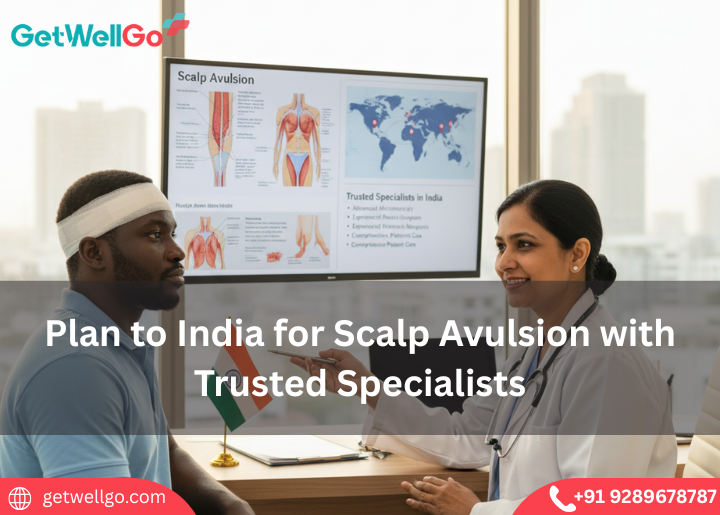
Category
Cosmetic SurgeryPublished By
GetWellGo TeamUpdated on
14-Oct-2025Scalp avulsion treatment is regarded as a surgical emergency, as this technique implies partial or total tearing of the scalp that may result in the loss of a lot of blood and infection unless the surgery is performed immediately. Here’s a detailed overview:
Control Bleeding
Re-tie Avulsed Tissue (when torn off)
Prevent Shock
Assessment
Wound Cleaning
Depends on tissue condition:
Primary Replantation
Partial Scalp Loss
Skin grafts or local coverage of the flaps can be needed.
Delayed Reconstruction
Unless it is possible to reattach immediately, temporary wound cover with dressings and delayed grafting.
Scalp avulsion treatment in India is very expensive depending on a number of factors which include the severity of the injury, the type of surgical procedure needed, the place and reputation of the health facility and the skills of the involved medical teams. The major variables that affect the cost are as follows:
The Intensity and the Size of the injury
The Nature of Surgical Intervention
Healthcare Facility
Private Hospitals: They were more likely to be more expensive because of high-tech facilities and specialized care.
Location
Surgeon's Expertise
Surgeons with high-level experiences can be more expensive in their services, yet their experience can result in a higher success rate and possibly a reduction on their long-term costs as they have lesser complications.
Additional Costs
Scalp avulsion reconstruction is aimed at the reconstruction of the skin, soft tissue, and hair-bearing surface of the scalp in cases of the severe traumatic loss occurred as a result of accidents, machinery injury, or animal bite. Due to the limited scale flexibility and high vascularity, timely surgical intervention is important to save tissue and maximise aesthetic and functional recovery.
Goals of Reconstruction
There are several kinds of Reconstructive Techniques:
Primary Closure
Skin Grafting
Local Flap Reconstruction
Indications: There is moderate tissue loss.
Techniques include:
Regional or Distant Flaps
Free Flap Reconstruction (Free Tissue Transfer)
Dr Aditya Gupta is an esteemed, highly accomplished and best neurosurgeon in Gurgaon, serving as the Chairperson of Neurosurgery, CNS Radiosurgery and Co-Chief of the CyberKnife Centre at Artemis Hospitals, Gurgaon. Dr Gupta has successfully performed over 10,000 brain tumour surgeries and more than 6,000 radiosurgery procedures (one of the few to have a very extensive experience with almost all radiosurgery technologies such as Gamma Knife, Cyberknife and LINAC).
Dr. Sudhir Dubey is a leading Neuro doctor in Gurgaon and is presently serving as the Director of the Institute of Neurosciences at Medanta. Dr. Dubey has performed over 10,000 neurosurgical operations, solidifying his reputation as one of the foremost experts in the field.
His expertise extends across a wide range of neurosurgical procedures, with a particular focus on pituitary surgery and minimally invasive techniques for brain, skull base, and spine surgeries. . A pioneer in endoscopic and minimally invasive surgery, Dr. Dubey has been at the forefront of advancing neurosurgical techniques, making complex brain and spine surgeries less invasive and more effective.
Sandeep Vaishya is a renowned Neurosurgeon in India with more than 22 years of experience in the field having worked with some of the top institutions and hospitals of India. He is one of the foremost surgeons in the world for brachial plexus Injuries and in South Asia for Gamma Knife Surgery. Dr Sandeep Vaishya is considered as one of the finest brain and spine surgeons in India. His specializations are Intracranial Brain Tumour Surgery, Deep Brain Stimulation Surgery, Minimally Invasive brain and spine surgery and Image-Guided Neurosurgery, Brachial Plexus Surgery and Spine Surgery in India.
Dr. Bipin Walia is a senior neurosurgeon and Director & Head of Neurosurgery, Max Super Speciality Hospital, Saket, New Delhi. With a medical career spanning over 38 years and having done over 7,000 spine surgeries, he is one of India's most renowned spine and brain surgeons. His areas of special interest are Complex spine surgeries, Brain tumor surgeries, minimally invasive and image-guided neurosurgery, and Disc replacement and motion preservation.
Scalp reattachment surgery (also microsurgical scalp replantation) is a complicated form of reconstruction surgery, conducted following a total or partial scalp amputation, in which the scalp is ripped off by trauma. It is aimed at reattaching the avulsed scalp and getting blood flow back with the help of microsurgical procedures, which will guarantee survival of the tissue and retention of the natural skin on the patient with hair.
Scalp plantation can be done when:
Step 1: Initial Assessment
Step 2: Wound Preparation
Step 3- Microsurgical Reattachment.
Step 4: Postoperative Care
GetWellGo is regarded as a leading supplier of healthcare services. We help our foreign clients choose the best treatment locations that suit their needs both financially and medically.
We offer:

Plan your breast augmentation in India with GetWellGo – a trusted partner for medical tourists seeking expert surgeons and budget-friendly care.
Read More
Explore the best hospitals in India for affordable hair transplant procedures. Learn about advanced techniques, experienced specialists, and cost-effective treatment options.
Read More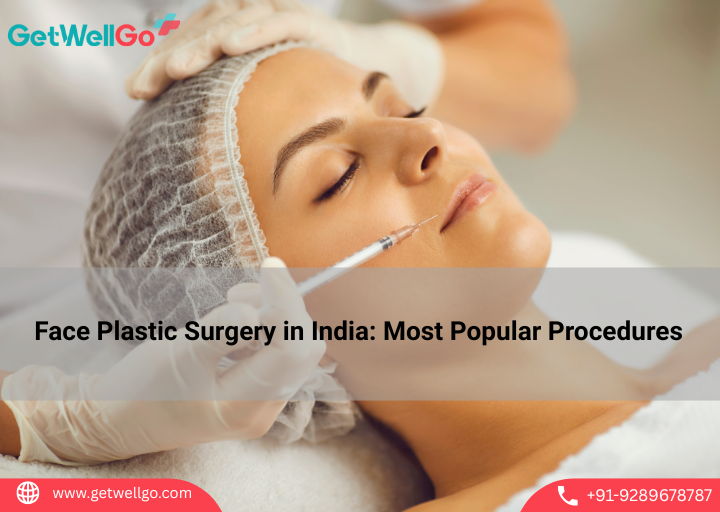
GetWellGo helps international patients access India's best face plastic surgeries—safe, affordable, and expertly performed for top results.
Read More
Explore top medical tourism destinations in India for breast lift surgery. Learn about affordable options, expert surgeons, and trusted hospitals offering quality care.
Read More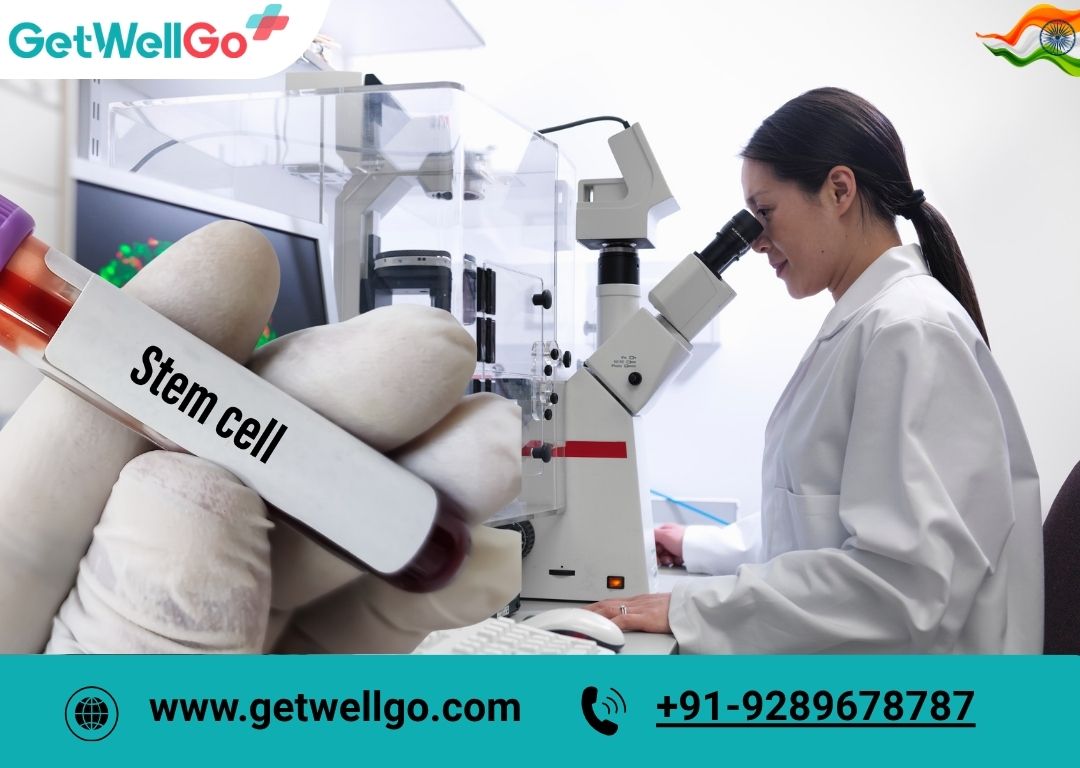
Get a detailed price breakdown of stem cell hair treatment in India. GetWellGo guides international patients with trusted clinics, expert doctors, and clear costs.
Read More
Searching for Top 10 Tummy Tuck Doctors in India 2025? Go through a list of Best Plastic Surgery Hospitals & doctors find best results of your Abdominoplasty affordable price
Read More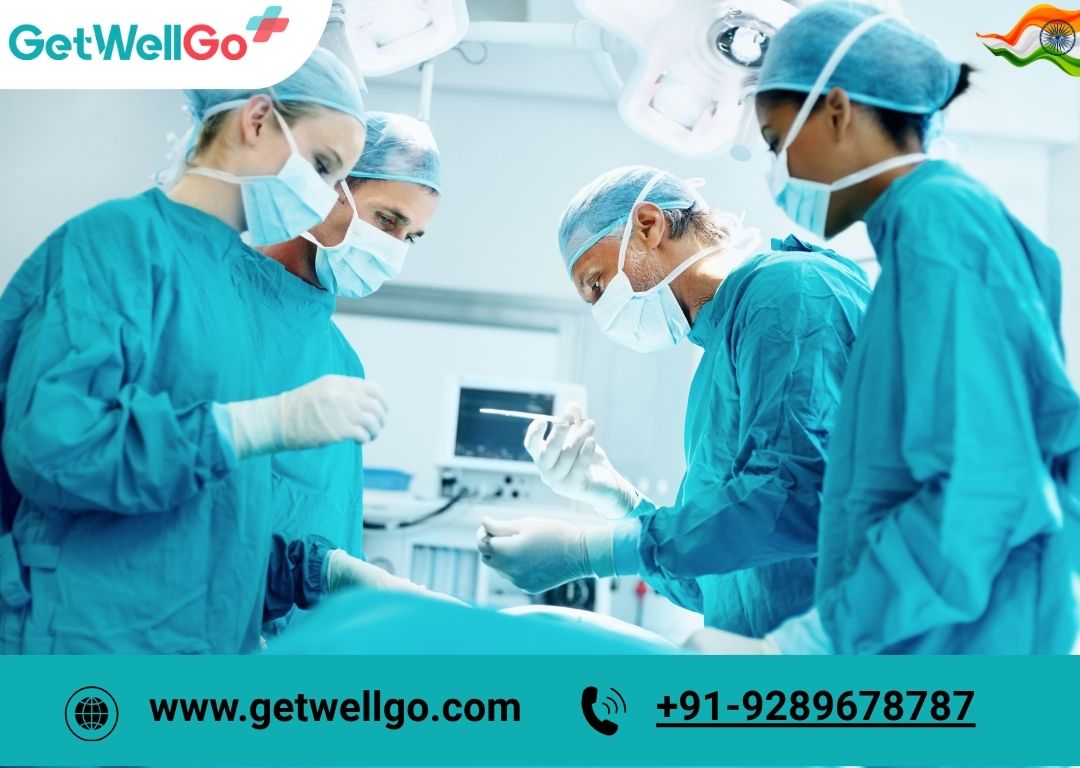
Affordable LASIK surgery in India with leading eye doctors. Trusted care, advanced laser tech & global patient support. Book with GetWellGo today!
Read More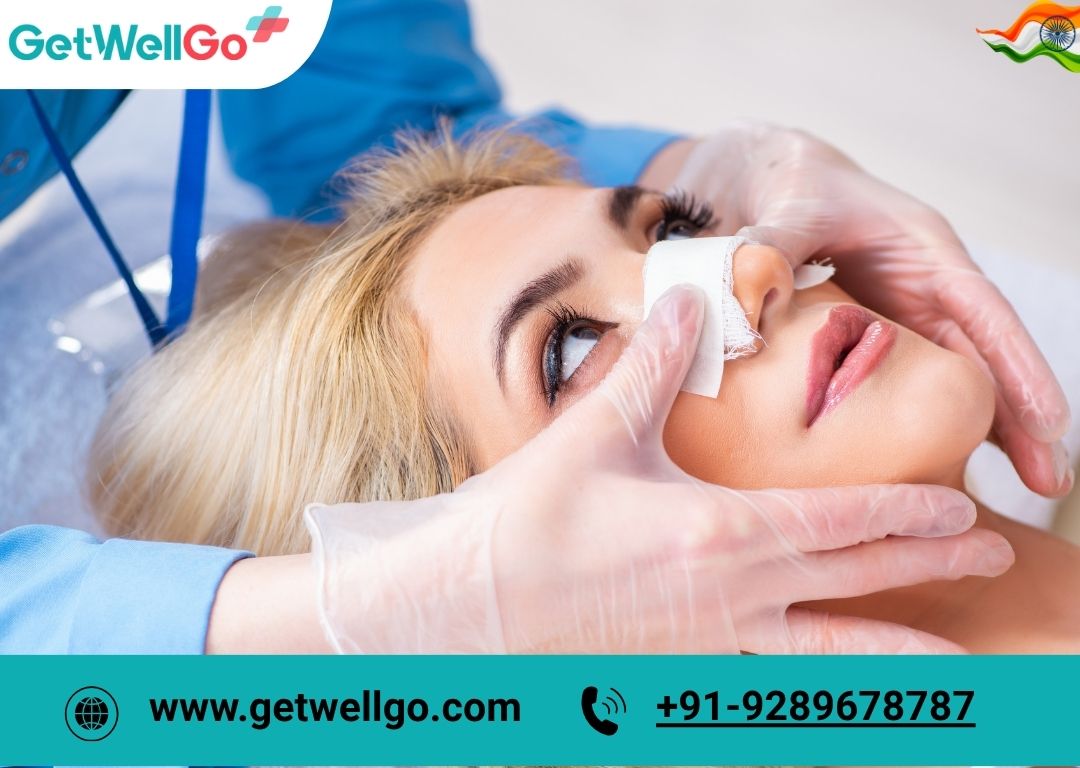
Face tumour surgery in India for African patients with skilled doctors and advanced care. GetWellGo helps connect with trusted hospitals for safe treatment
Read More.png)
Get step-by-step help for Nigerian patients to consult Dr. Vipul Nanda in India for plastic surgery with GetWellGo’s easy medical travel guidance.
Read More
Itchy nipples on breast? Learn simple causes and treatments. GetWellGo helps Nigerian patients access trusted care in India through medical tourism.
Read More
Explore the top 5 benefits of tummy tuck surgery and understand abdominoplasty costs with GetWellGo, your trusted partner for international patients.
Read More
Explore cosmetic lower limb lengthening with the Ilizarov Apparatus, a safe and effective solution to enhance leg length and improve physical appearance.
Read MoreFill the form below to get in touch with our experts.
Please fill in your details below and our experts will get back to you.